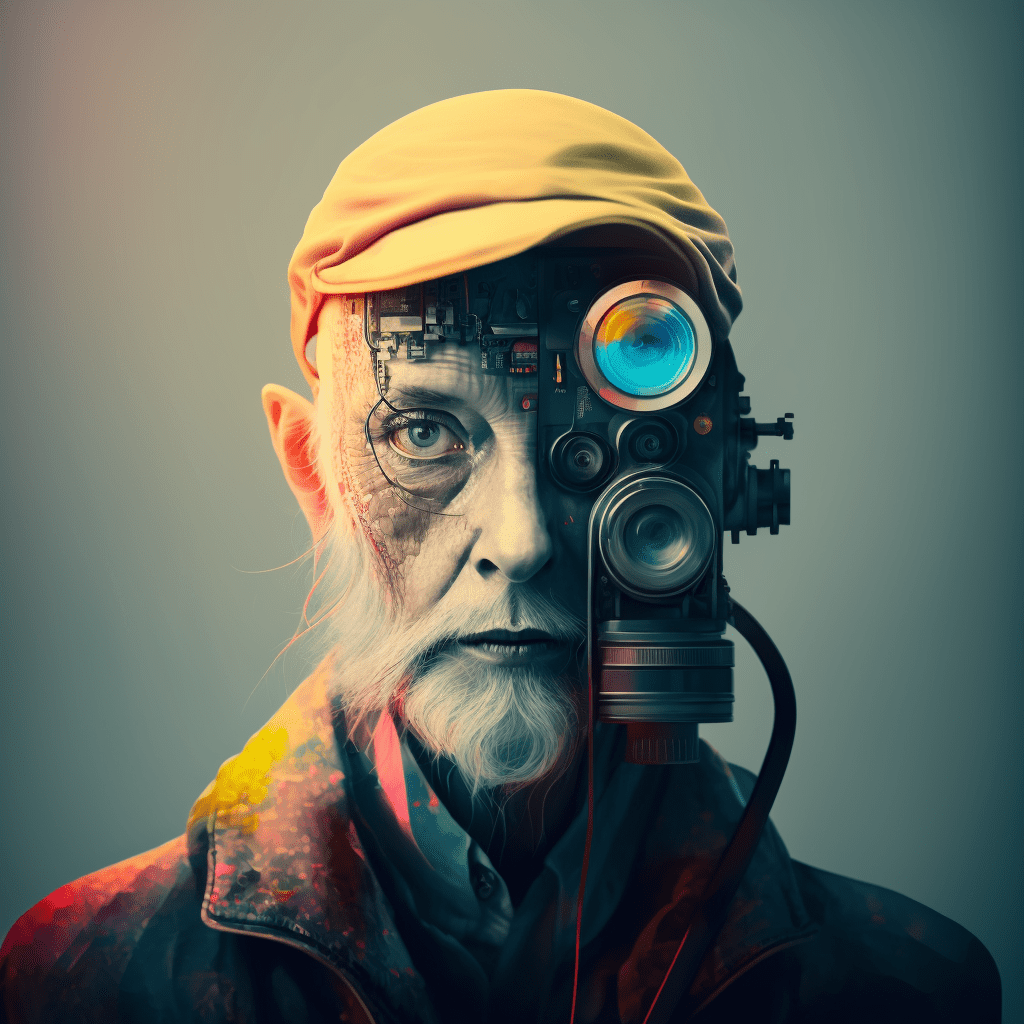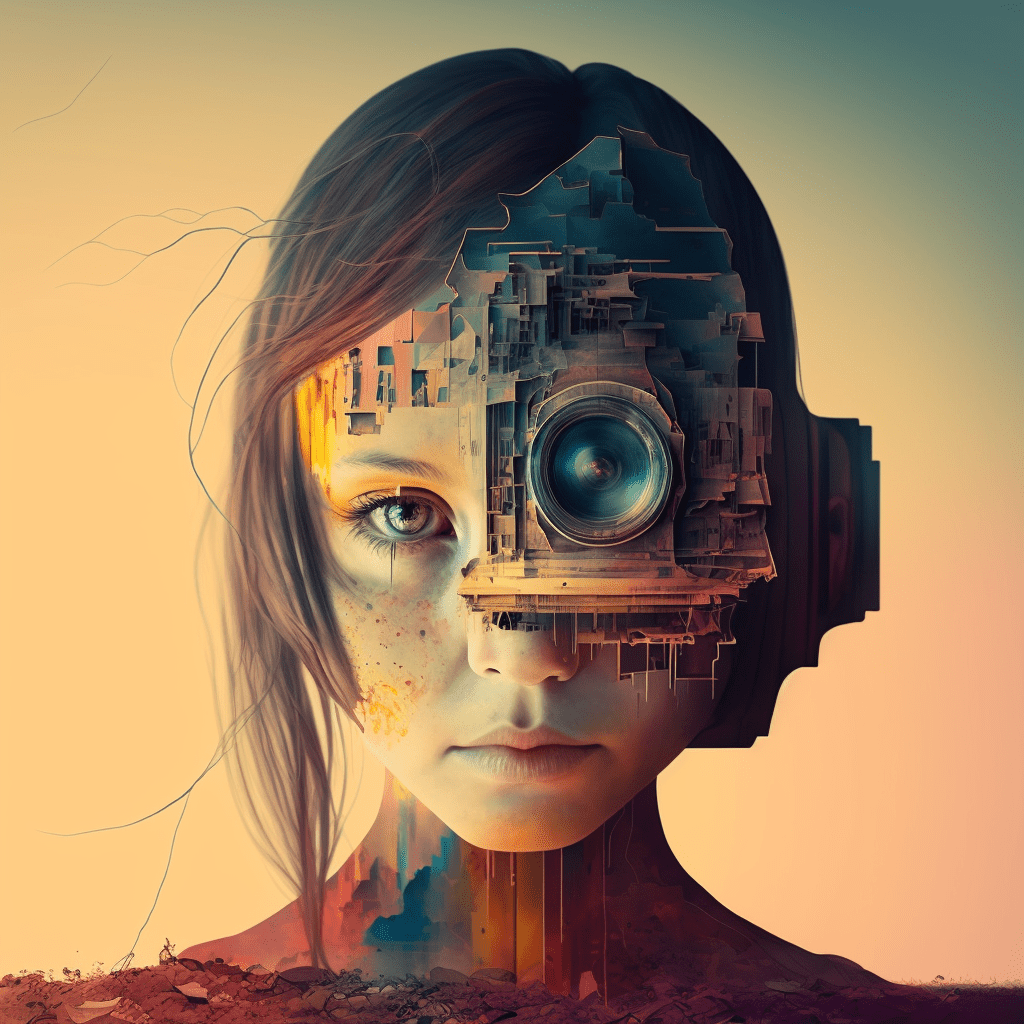Imagine if you will, a world where the paintbrush and canvas of the artist are replaced by an intelligent algorithm that can create masterpieces with the touch of a button. The same revolution is happening in the realm of photography, where artificial intelligence (AI) has the potential to change the very essence of photographic storytelling. But as we embrace this new frontier, it’s essential to examine the ethical implications that arise with the use of AI in photography.
In the words of American author and women’s rights advocate, Elizabeth Cady Stanton, “The moment we begin to fear the opinions of others and hesitate to tell the truth that is in us… the divine floods of light and life no longer flow into our souls.” As photographers and storytellers, we must heed this wisdom and ask ourselves if AI-enhanced photography is changing the meaning of being a photographer and how it may impact the authenticity of our work.
The Good, the Bad, and the AI
AI in photography can be a double-edged sword. On one side, it has the power to elevate our work, streamlining mundane tasks like culling and editing, and even providing us with tools to enhance the composition and colours of our images. It’s like having a personal assistant that’s always there, ready to help us polish our photographs to perfection.
On the flip side, AI has the potential to manipulate images in ways that distort reality, leading to ethical dilemmas. Picture this: a photographer captures a stunning image of a peaceful protest, but with a few clicks of an AI-enhanced tool, the image is transformed to depict a chaotic, violent scene. The result is a fabricated story that misrepresents the truth and has the potential to harm others.
The Human Connection
Photography is a powerful medium that transcends language barriers and allows us to communicate emotions and experiences. However, AI’s increasing role in photography raises concerns about how it may affect our connection to our subjects and our ability to tell genuine stories.
As the great Maya Angelou once said, “I’ve learned that people will forget what you said, people will forget what you did, but people will never forget how you made them feel.” If AI takes over the role of the photographer, will we lose the ability to connect with our subjects on an emotional level and capture those fleeting moments that touch the hearts of our audience?

Mindful Photography in the Age of AI
Being aware of these ethical considerations, it’s essential that photographers approach AI-enhanced photography with mindfulness. Like a gardener tending to their plants, we must nurture our creative instincts and exercise our judgment in deciding when to use AI as a tool and when to rely on our human intuition.
To ensure our work remains authentic and respectful of our subjects’ dignity, we must strive to maintain a balance between embracing the benefits of AI and preserving the integrity of our art. In doing so, we acknowledge that being a photographer is not only about capturing images but also about the responsibility to tell truthful and genuine stories.
In conclusion, AI is undoubtedly changing the landscape of photographic storytelling, but it’s up to us as photographers to wield this new power responsibly. As we navigate this brave new world, let’s remember the words of the pioneering photographer Dorothea Lange: “Photography takes an instant out of time, altering life by holding it still.” May we continue to hold those instants still, with the help of AI, but never lose sight of the ethics and human connections that make photography such a powerful medium
Prompt Engineering Notes:
In collaborating with ChatGPT, I provided a structured prompt which included:
- A specific title and summary
- Writing style instructions and the inclusion of rare quotes from women
- A request for a positive and engaging voice to explore the ethical implications of AI in photography and its impact on the meaning of being a photographer
Initially, ChatGPT struggled to understand my direction, likely due to unclear prompt elements. However, after a series of adjustments, I am truly pleased with the final result, particularly the impactful closing quote.
I produced all the images using MidJourney.
